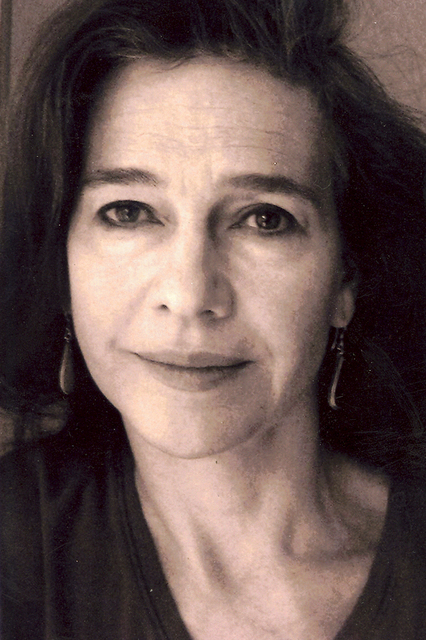Seeking Voices
An Interview With Louise Erdrich


Louise Erdrich
Persia Erdrich
Latest Article|September 3, 2020|Free
::Making Grown Men Cry Since 1992


Louise Erdrich
Persia Erdrich


